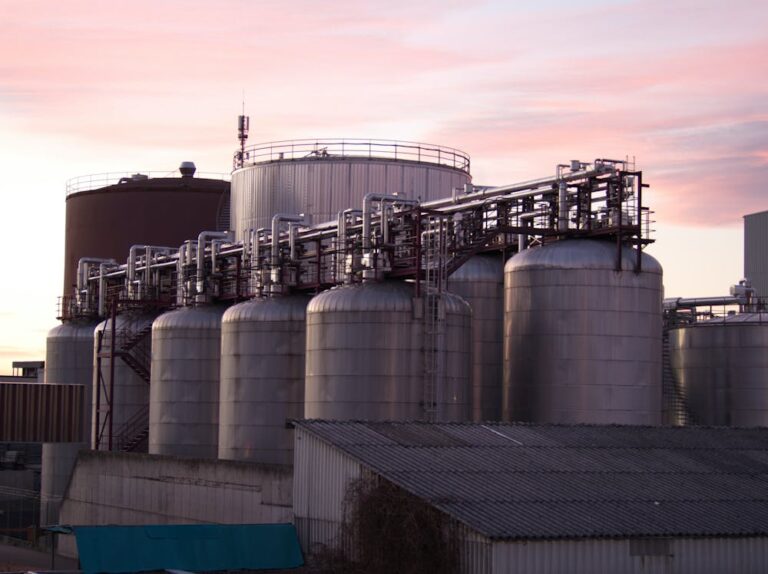When it comes to industrial storage for chemicals, water, or oils, no solution comes close to stainless steel tanks. It shouldn’t come as a surprise, considering their solid track record of durability, reliability, ease of maintenance, and environmental friendliness.
Quality assurance (QA) during manufacturing gets the credit for these excellent properties of stainless steel tanks.
Through a series of systematic checks and balances throughout the production cycle, quality assurance makes certain the tanks are free of defects that could affect their integrity and performance.
Let’s get down to the key aspects of quality assurance in stainless steel tank manufacturing.
Careful Material Selection
The choice of materials is the first step in the construction of a premium stainless steel tank. There are several grades of stainless steel, each giving a particular combination of strength, resistance to corrosion, and temperature tolerance.
For example, the material quality of a steel oil tank should be such that it can resist severe environments and keep the tank clean.
The point is that manufacturers must be aware of the intended application of the final product, along with its operating environment, so that they can make an informed choice.
Similarly, every batch of steel must be tested before getting into the fabrication line to ensure that the criteria and specifications are met. Carrying out these checks early on allows manufacturers to catch and correct issues before it’s too late, laying the groundwork for a durable end product.
Accuracy in Fabrication Techniques
The magic happens during fabrication when raw materials are turned into the finished product. Quality control procedures, therefore, cannot be slack at this point.
Expert fabricators and welders follow industry standards to produce tanks that either match or surpass customers’ expectations. So, when it comes to cutting, welding, and shaping techniques, they emphasize precision to achieve a tank’s desired strength and consistency.
To create robust, leak-proof seams, advanced welding techniques like TIG (Tungsten Inert Gas) welding are frequently used. This attention to detail ensures the tank’s structural integrity and durability.
Stringent Testing and Inspection
All stainless steel tanks go through a series of final tests and inspections before rolling out of the factory. With a checklist at their disposal, the quality inspectors leave no stone unturned regarding the details of the tank’s construction.
Such additional layers of scrutiny aim to verify that every tank works as it should without risks of leaks and contamination.
After the final checks, certifications are acquired to verify that the tanks comply with industry standards set by organizations like the ASME (American Society of Mechanical Engineers) or API (American Petroleum Institute).
Certifications indicate that a tank is constructed to withstand the use for which it is designed. They guarantee the customer that the product is dependable and has passed rigorous quality testing.
Continuous Improvement and Customer Support
Leading stainless steel tank manufacturers don’t stop at delivering a high-quality product. They also engage in ongoing improvement to continue meeting standards and expectations.
On top of that, they provide customer support throughout their tank’s lifecycle, including advice on maintenance, help with installation, and easily accessible replacement components.
Final Thoughts
Several quality assurance procedures go into the manufacturing of stainless steel tanks. Each of them is intended to ensure that the final product is durable, reliable, and safe for various industrial applications.
By upholding strict quality control standards, manufacturers can deliver products that exceed expectations and enhance the safety and efficiency of their customers’ operations.

0 Comments